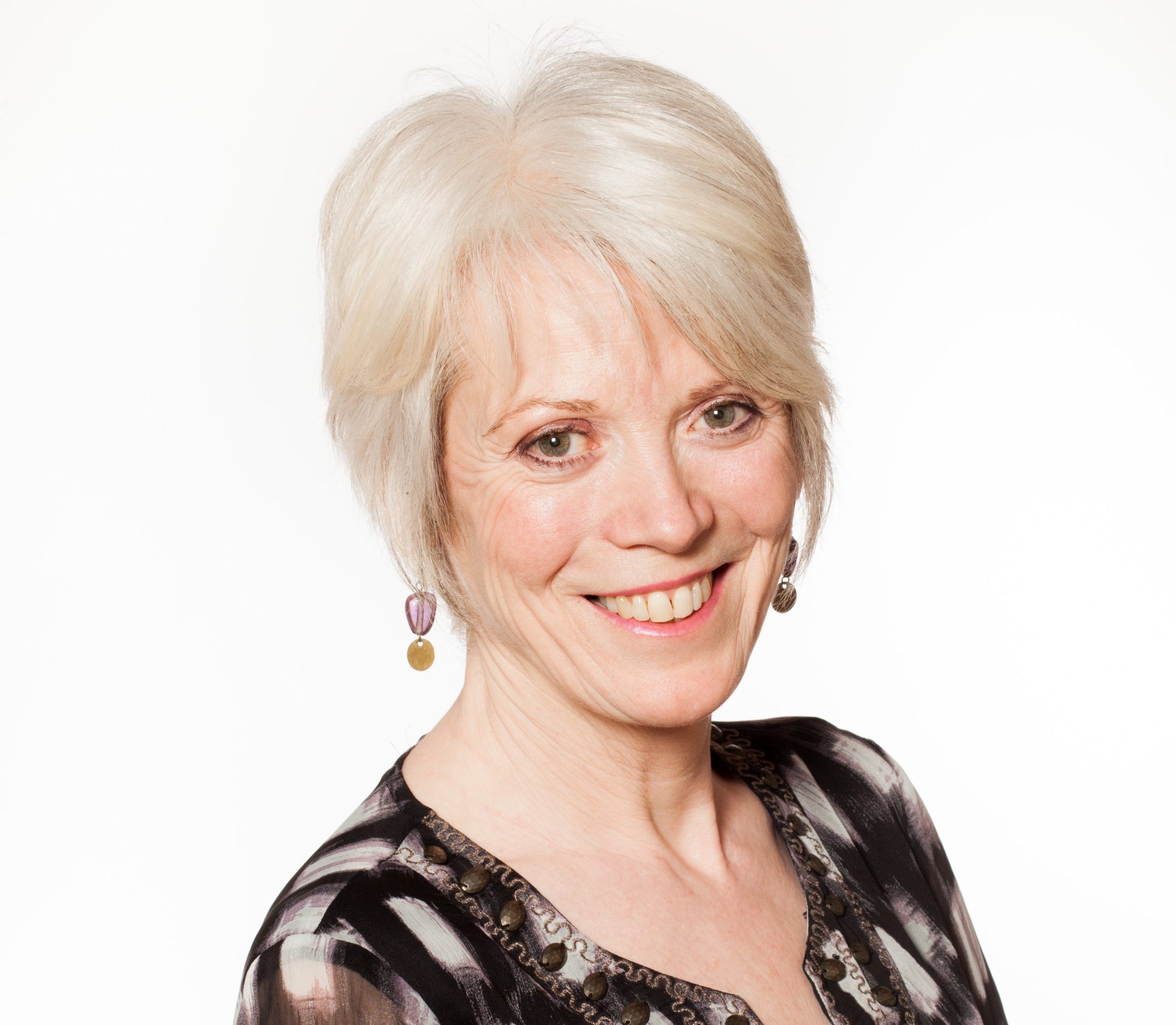With many British bed companies already taking a greener approach, including takeback services and increased use of recycled and recyclable fillings in mattresses, the association has produced the guide to encourage the wider industry to mitigate its environmental impact.
The creation of the guide also coincides with the establishment last year of a three-year research partnership with circular economy experts Zero Waste Scotland, aiming to increase mattress recycling and encourage more sustainable design.
“There is a large, often academic body of work out there all about ecodesign. What we have tried to do is with our guide is to distil that into a framework that is directly and practically applicable to the bed sector,” says NBF executive director Jessica Alexander.
The document was prepared for the NBF by environmental consultants Oakdene Hollins and overseen by the NBF’s own Circular Economy Committee. Says Oakdene Hollins’ managing director David Fitzsimons: “The pressure is on for every sector to prepare for the challenges in ecodesigning their products. The NBF is ahead of the game in producing this guide. Building on previous European technical research, it takes a uniquely British approach by framing how to deliver better ecodesigned mattresses through competition between bedmakers.”
Taking, as its starting point, a definition of the ecodesigned bed or mattress as one that achieves lower environmental impacts throughout its life cycle without compromising fitness for use, the guide aims to identify products, services and practices that constitute good ecodesign and which individual companies can then interpret, depending on their respective business models and customer base.
The guide describes 10 key ecodesign principles, organised into three categories: people and relationships; products and services; and processes. Having briefly described each principle and explained why it is important, some practical advice on how the principle might be interpreted follows.
The guide also presents a ‘Red List’ of practices which need to be avoided, covering compliance requirements and recommendations for an ecodesign approach to mattress and bed products. Useful lists of commonly available tools for quantifying the environmental impact of products and links to free, general-purpose training materials for ecodesign and life cycle thinking complete the guide.
The new eco-design guidance has been welcomed by Zero Waste Scotland, which recently published its own new report on Extended Producer Responsibility. Such a scheme for mattresses in Scotland would make manufacturers and retailers responsible for the stewardship of their products in a way that discourages wasteful disposal.
Iain Gulland, chief executive of Zero Waste Scotland, said: “It’s great to see an industry body so actively supporting its members to embed circular economy principles at every stage. Rethinking how we design and look after mattresses and other products during their lifetime is an absolute must for Scotland and the wider UK to meet our net-zero commitments.
“Guidance like that produced by the NBF is invaluable in helping designers, producers and manufacturers make environmentally-responsible decisions that could also help futureproof their business.
“The circular economy is about making things last, and with less than one in 10 mattresses currently recycled there’s a huge opportunity to improve on that by addressing product design, material use and end-of-life treatments from a whole life cycle perspective.
Said Jessica Alexander: “The good news is, that many of our mattress manufacturers have already embarked on this greener approach to their businesses, both in terms of their operations and their products. They have already tackled and taken steps to reduce or mitigate their environmental impacts, including reducing energy and water consumption and their carbon footprint. Many also offer takeback services, ensuring old mattresses are responsibly recycled and, in some cases, remanufactured – particularly in the hospitality and public sectors.
“New materials are also emerging which can either be more easily recycled or have been made with increasing amounts of recycled content of their own – such as polyester fillings made from recycled plastic bottles.”
She added: “We are proud to be making this guide openly and freely available for the UK bed industry as we know that ecodesign is a key element of government thinking as part of a global move towards greener economies.
“For NBF members, we have taken this work a stage further by developing a practical scoring methodology and tool which will help companies identify and implement those ecodesign opportunities within their own businesses and at the same time to evaluate and benchmark their progress.”
The NBF Ecodesign Toolkit will be launched later this year.










